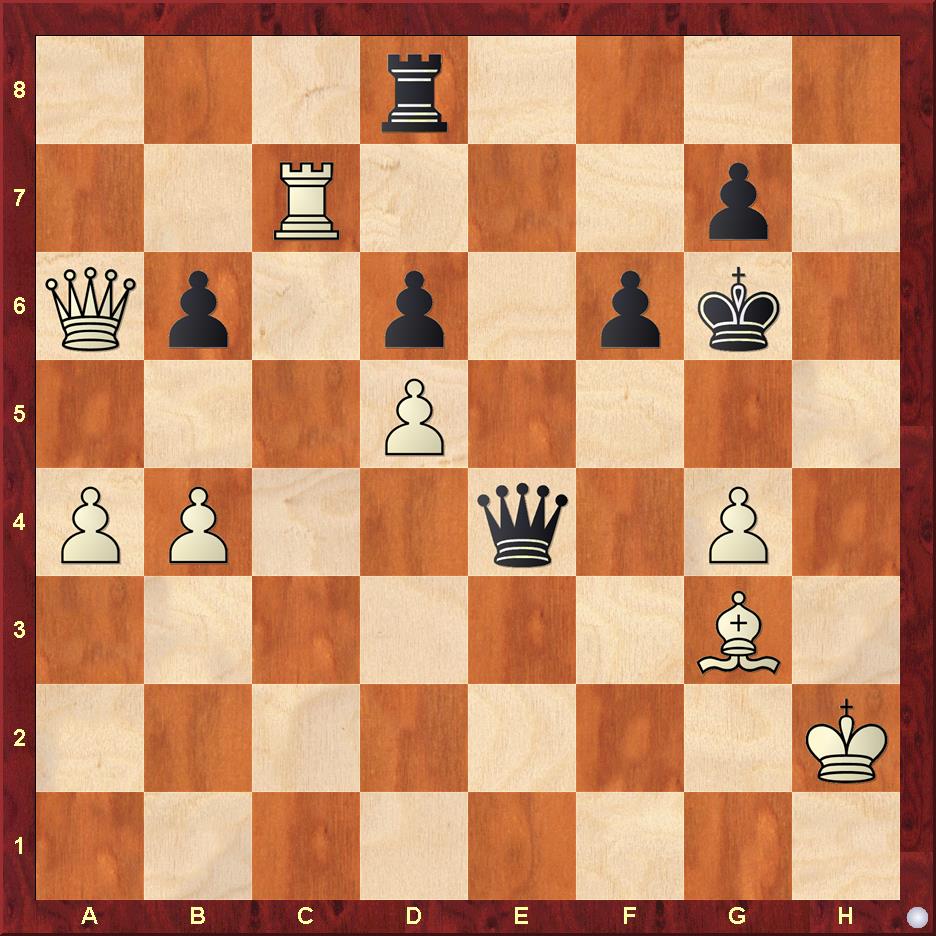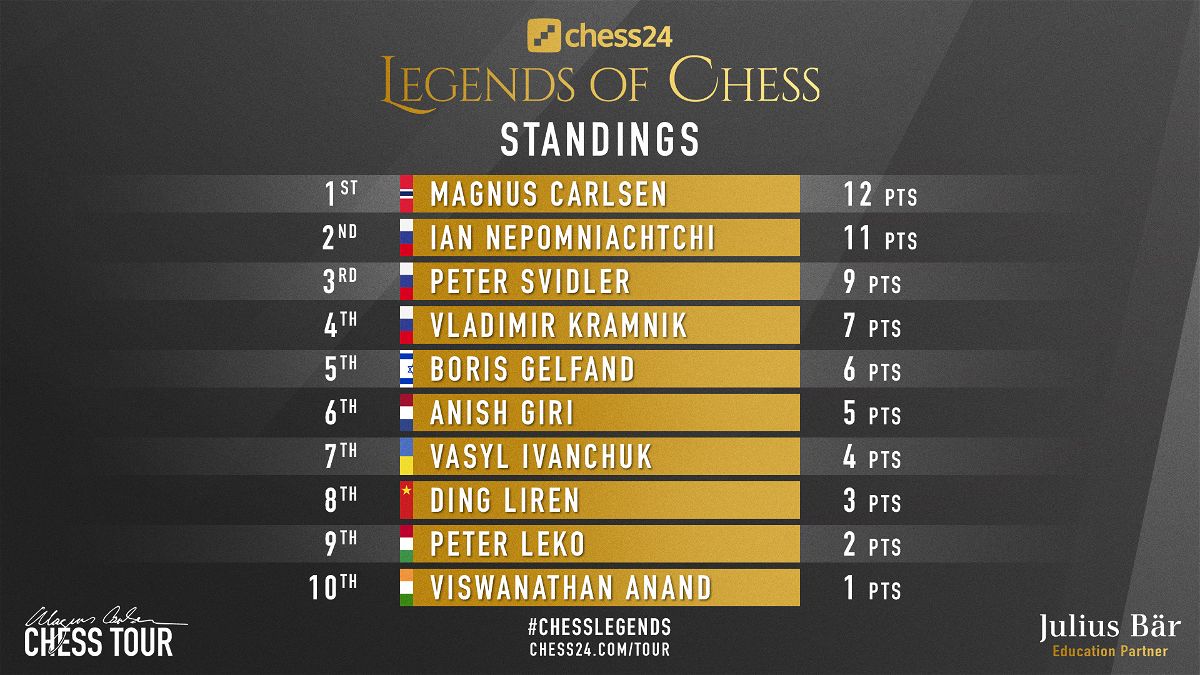Carlsen storms past Gelfand for sole lead | Legends of Chess Round 4
After 4 rounds of riveting action, we finally have a sole leader! Magnus Carlsen won his 4th match in a row, this time doing a hat-trick of wins on Boris Gelfand, while overnight co-leader Peter Svidler lost narrowly to Ding Liren, giving the Chinese No.1 his 1st match win of the event! Anish Giri won on time against Vishy Anand in the Armageddon despite having Black(!), but the latter finally got off the mark. Nepo beat Ivanchuk in the final game of their match to climb up to sole second behind Carlsen.Vladimir Kramnik continues to stun one and all with his extraordinary play, this time taking down old foe Peter Leko with Black in game 4, and is now in 4th place. With 5 rounds to go, everything is still up for grabs as the tournament approaches the halfway phase. Tanmay Srinath brings forth a comprehensive report.
The Legends of Chess tournament will soon approach the half way mark, and if anything the games are getting more and more interesting! Magnus Carlsen recovered from a very difficult match yesterday to beat the in-form Gelfand 3-0, with a win against his pet Sveshnikov as well. Vishy Anand's struggles continue, as the Indian Legend is yet to win a game, but this time he atleast got to the Armageddon stage, which means he is off the mark and hopefully still stands a chance of making the final 4. Ding Liren got in a very important match win, and Vladimir Kramnik makes us wonder why he retired, as his play is still super strong!
Carlsen 3-0 Gelfand:
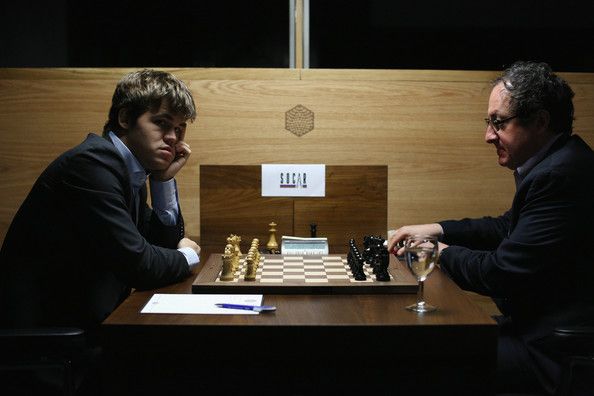
Definitely the highlight of the round. Magnus Carlsen obviously draws attention wherever he goes and whoever he plays, but this time it would be an intriguing clash, as Boris Gelfand has played fascinating chess in this tournament. However, Magnus showed one and all why he might be the greatest of all time, by easily dismantling Gelfand's game 3 times in a row! Let's take a look:
Game 1 saw Carlsen facing his beloved Sveshnikov. The direction he chose should give a good hint of what he feels is critical - the Modern Main Line with 7.Nd5 while following Caruana-Carlsen from the 2nd game of the 2018 tiebreakers. The turning point came on move 18:
Carlsen-Gelfand
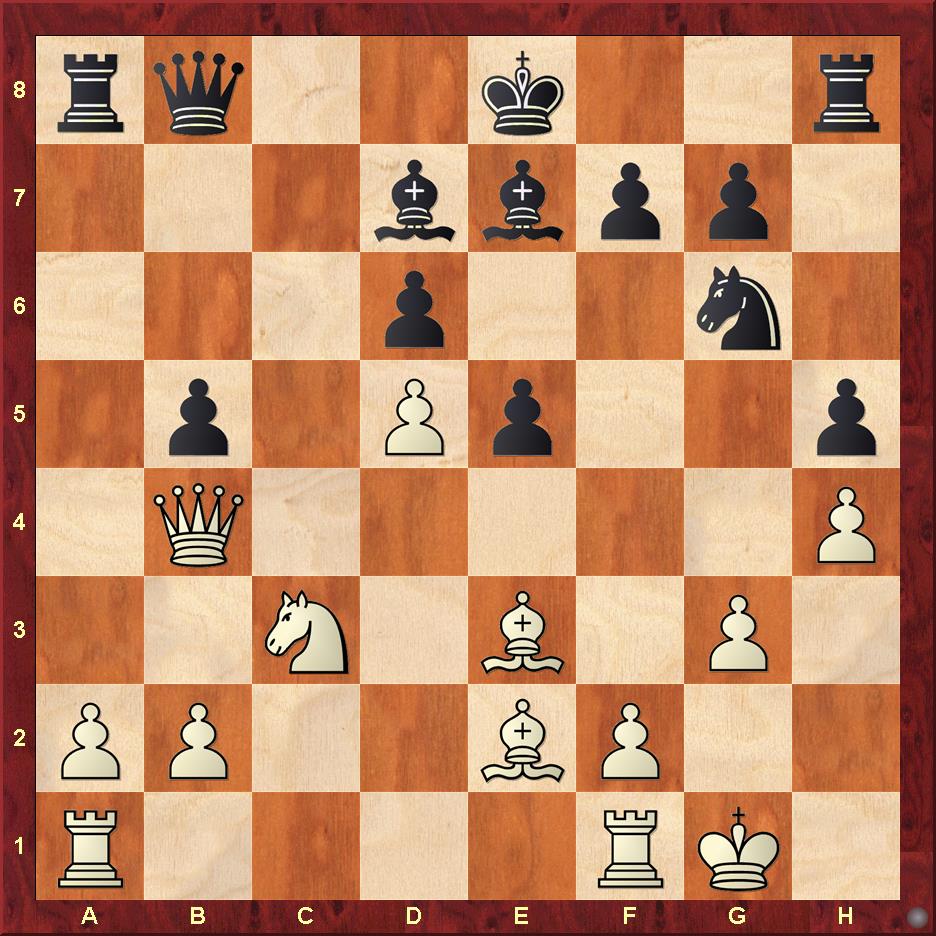
Since the Sveshnikov is a theoretical important opening, I decided to go a little deep in my analysis of this idea. I present my findings here:
First of all I decided to limit my analysis to the 3 best lines, as basically these are the only ones that fight for an advantage without losing objectivity. Secondly, I go really deep, sometimes into a drawn endgame, only for the sake of absolute clarity. To reach such an endgame White sometimes has to play 5 to 6 only moves in a row and several other good moves, and it is highly unlikely that your over the board opponents can play like this, including Magnus Carlsen. Black's play is much simpler as he has the initiative, so my idea is both objectively sound and practically very dangerous. With this background, my following analysis should be easier to understand.
The first idea which I tried to make work for White is the greedy engine method of grabbing queenside pawns and trying to queen. So I first decided to check the following sequence - 19.a3!? ( To prepare b4 and ask Black to commit to some sort of plan - the alternatives can be found in the analysis) Qd8! (Black wants to go for it on the kingside, the most important side of the board. Here there is a small split:

A)20.Bd2!? is an interesting prophylactic move, anticipating f4 and not allowing it to come with tempo. However, this plan seems a little slow. Black just castles, and after 20...0-0 21.Bxh5, which I feel is the only logical plan White has, Black has the stunning piece sacrifice Nxh4!! 22.gxh4 Rc8!:
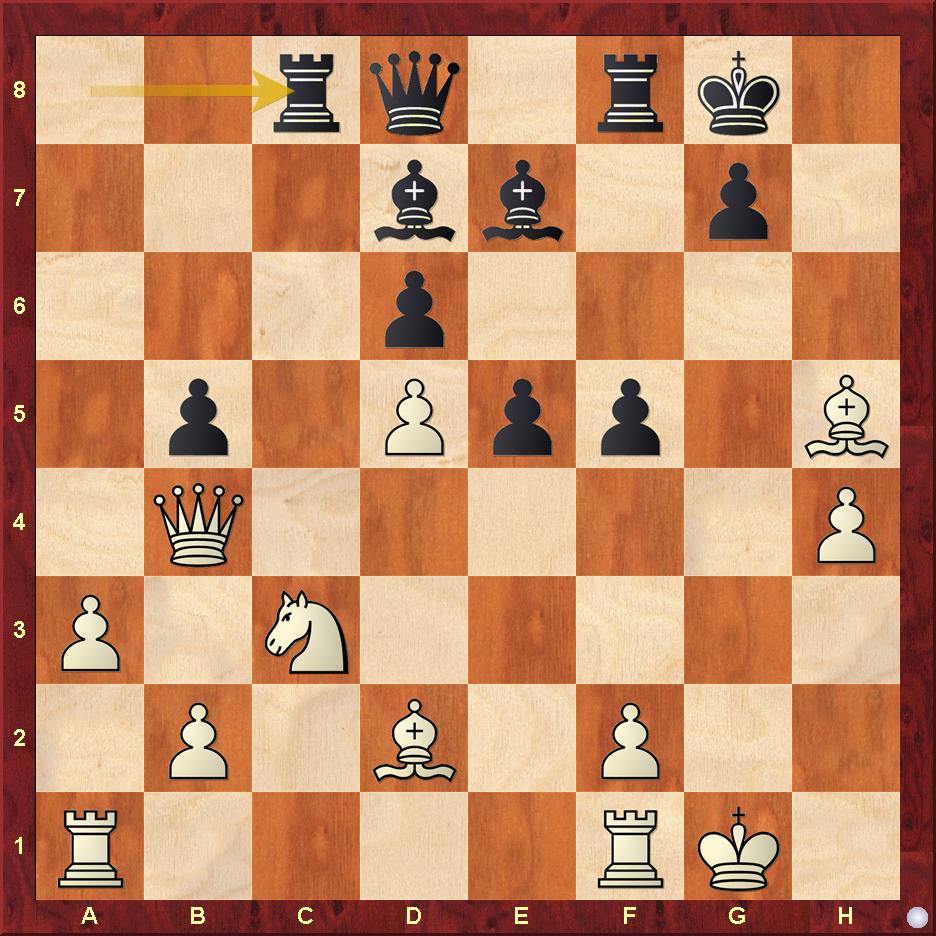
The following diagram is where I chose to end my analysis:

B)20.Rad1 (an attempt to improve upon the previous line by bringing a piece to the center) 0-0 21.Bxh5 Nxh4!:
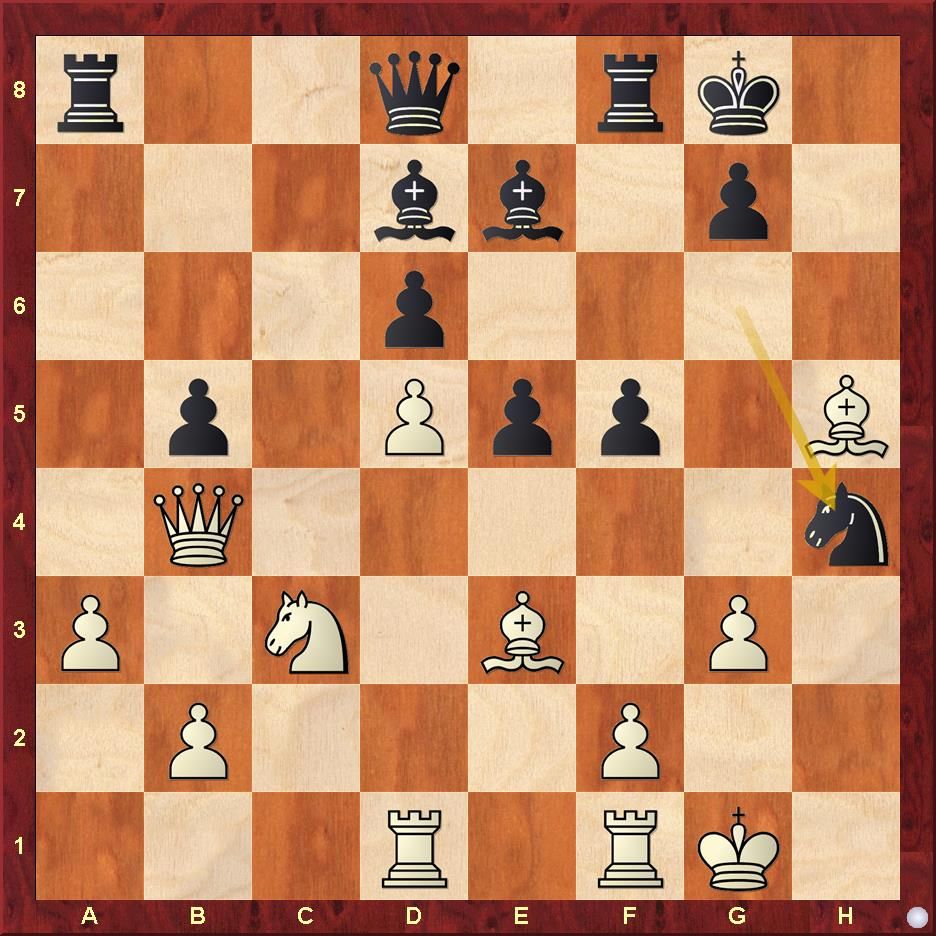
White has to be precise here - 22.f4! is the only move to maintain equilibrium, as 22.gxh4? f4! is close to lost for him. The following position is reached after a best move sequence:
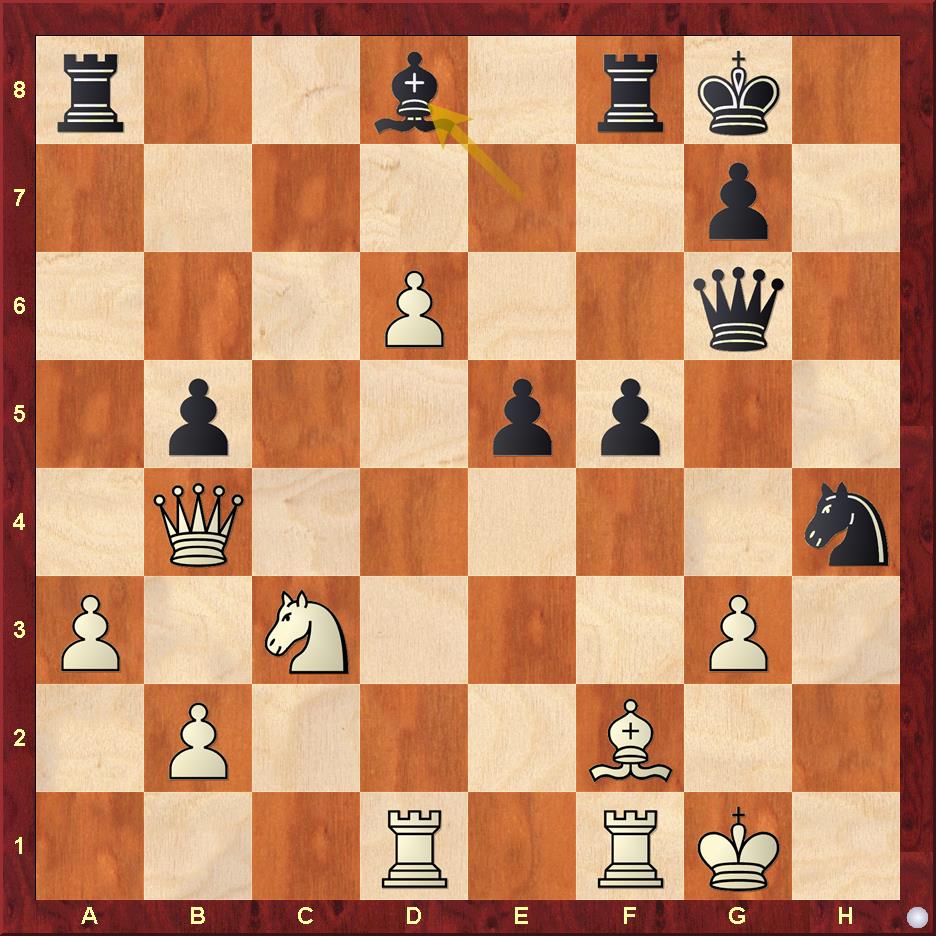
C)20.Nxb5!(critical, White grabs the material) 0-0! (Black ignores the queenside and focuses on the White king) and now we have a further split:
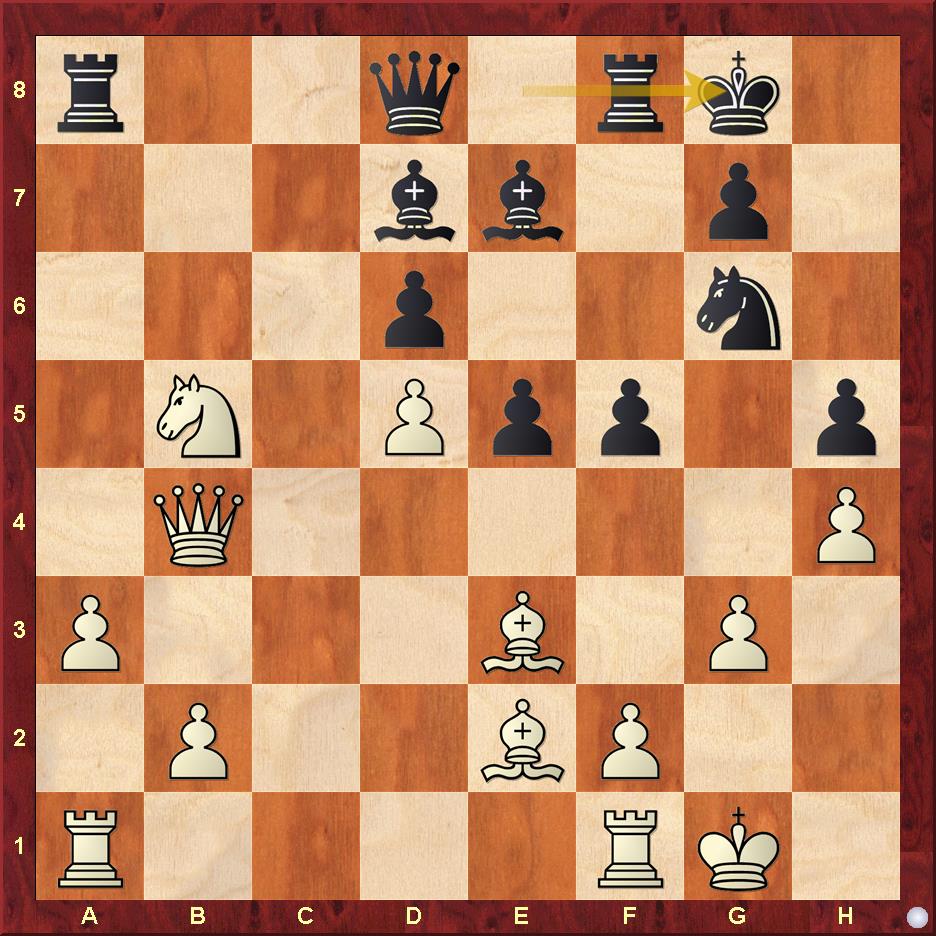
C1)21.Bxh5 (considering the changes computers have brought about in pawn grabbing, it makes sense to check greedy approaches first to make sure Black is doing fine) f4! 22.Bxg6! fxe3 23.Bd3! exf2+ 24.Kg2! (White had to find 3 only moves, this can't be good) Qc8!:

White might win in the material count, but his king is (typically) completely exposed, and black ends up winning some material back. For example, this is the position I reached after a series of good moves from both sides:

C2)21.Na7 is calmly met with f4! 22.Nc6! (the point of Na7, but Black is fine) Bxc6 23.Bb6! Qc8 24.dxc6 Qh3:

C3)21.Nxd6! f4!:
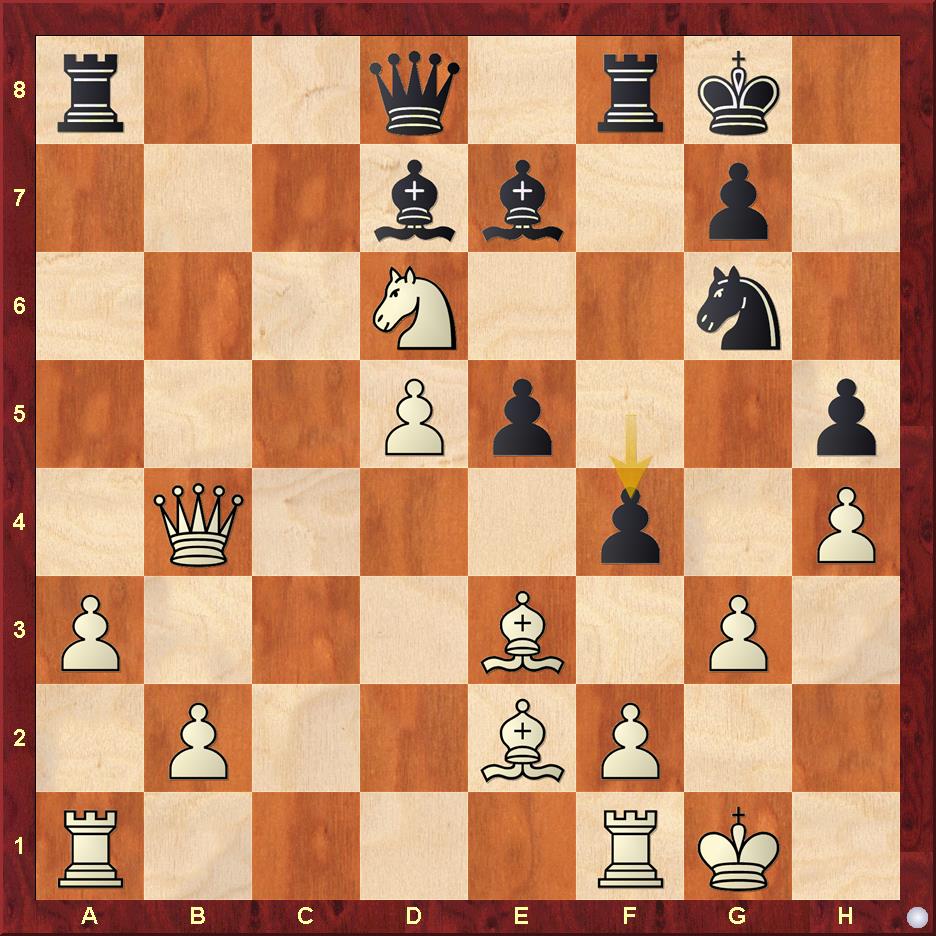
Here is the analysis of the same:
Game 2 was just a blunder from Boris after an inspiring exchange sacrifice:
Gelfand-Carlsen

Game 3 however was a brilliant performance from the World Champion, after Gelfand went astray in the opening:
Carlsen-Gelfand

Ding 2.5-1.5 Svidler:
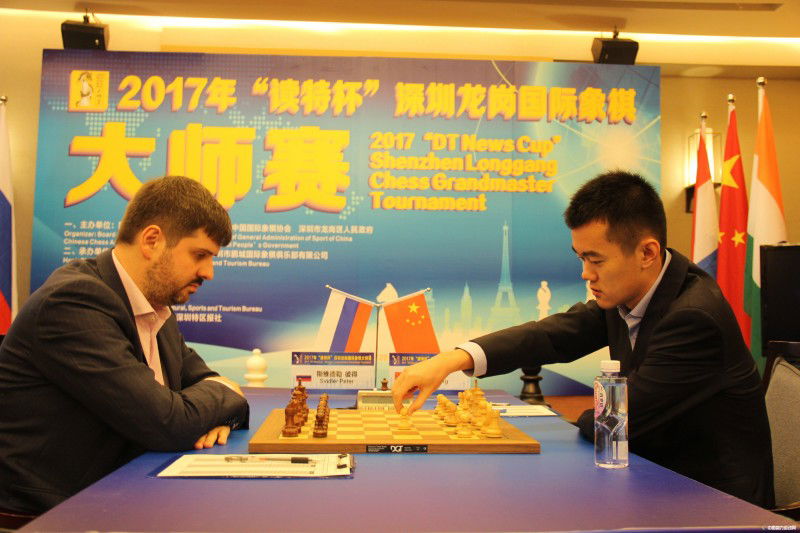
If Peter Svidler does not win the group stage, he will regret his opening choices with black in this match. Twice he chose the Slav defense, despite being a Grunfeld expert, contradicting common advice that one should choose an opening one knows well for faster time controls. Results spoke for themselves, as despite starting with a win in his White game, he ended up losing both his Black games to lose the match.
Game 1 did go well for the Russian Legend, as Ding messed up the move order of an exchanging sequence:
Svidler-Ding

But the match was decided because of Svidler's poor play in his Black games:
Ding-Svidler (Game 2)

Ding-Svidler(Game 4)
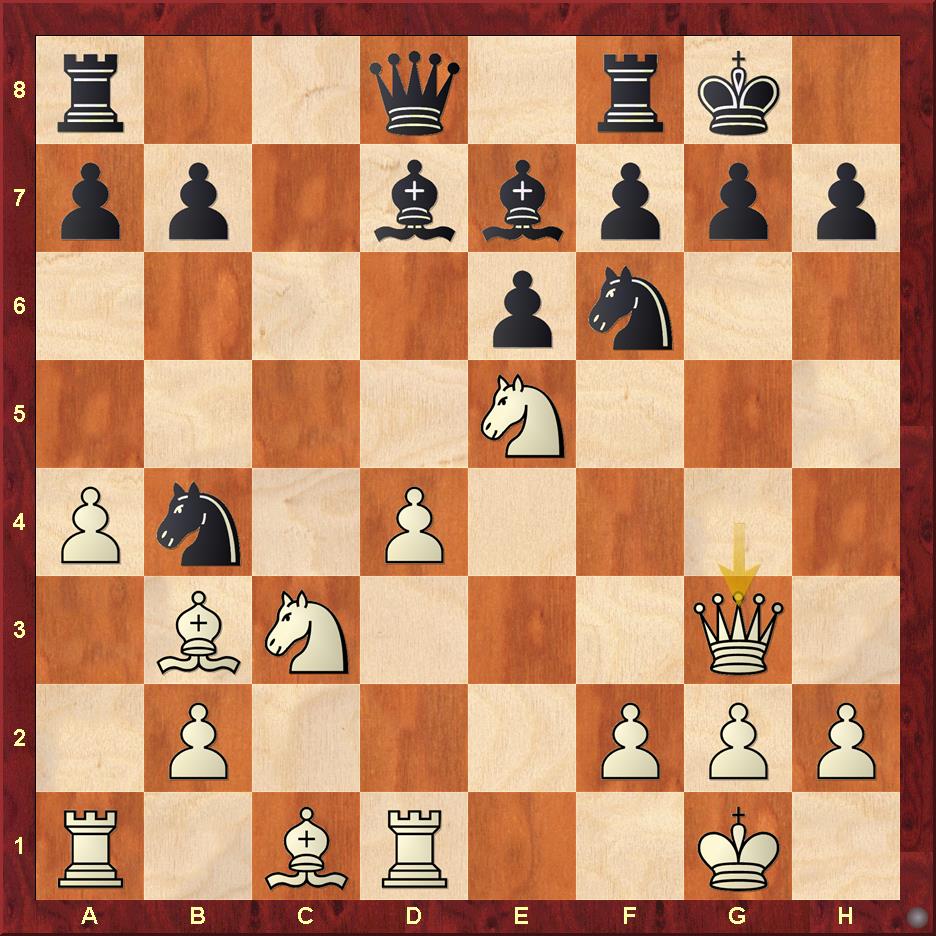
Nepo 2.5-1.5 Ivanchuk:
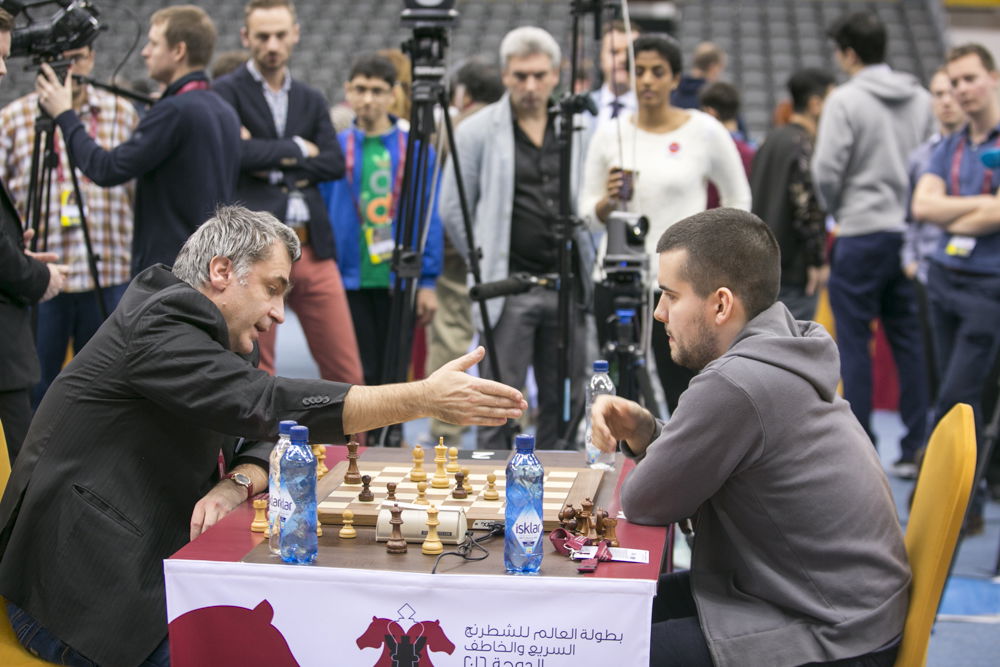
This match had interesting play with two highly talented individuals up against each other. But at a critical juncture in the 4th game Ivanchuk went wrong, and he failed to take one last saving chance:
Ivanchuk-Nepo
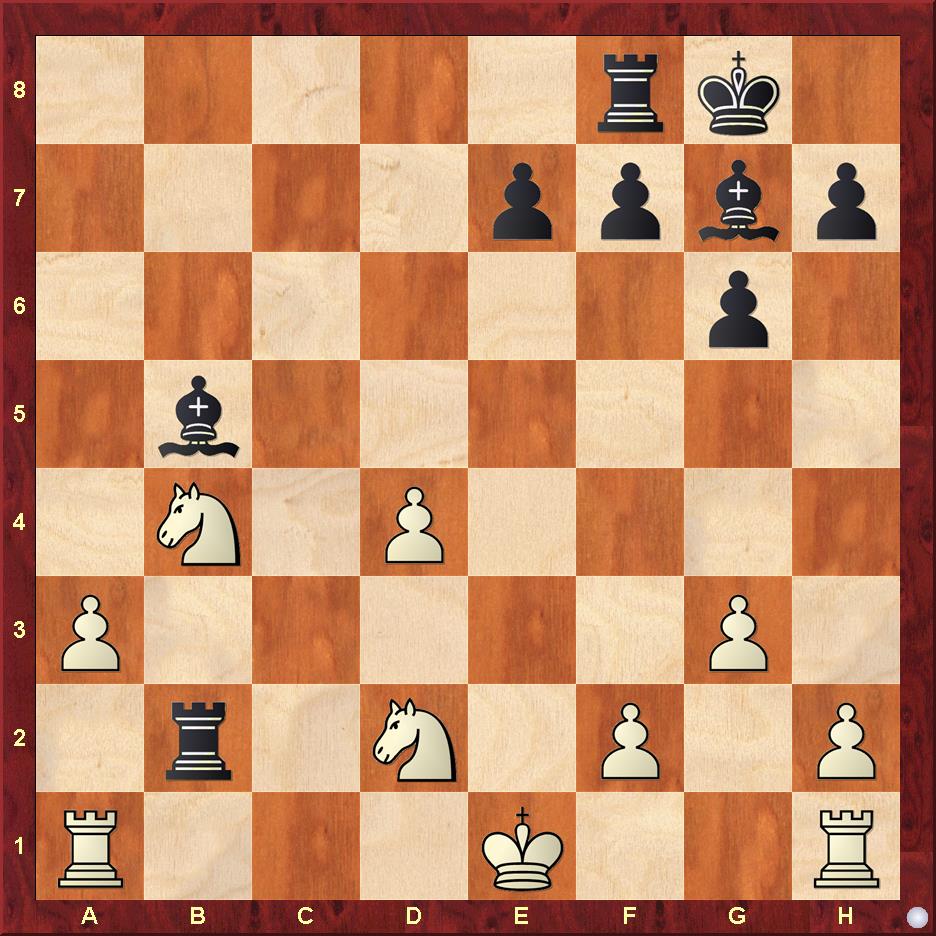
Kramnik 2.5-1.5 Leko:

As is customary in a Kramnik Leko match, there was a lot of tension in all the games, and had Leko taken his chance in game 2 after defending a dead lost position we might have had a different result:
Leko-Kramnik

In Game 4, after a marathon game 3 where Peter pressed for 119 moves with Black, he either unfortunately lost his objectivity when going for the win with White, or simply missed the piece sacrifice:
Leko-Kramnik

Giri 2*-2 Anand (*-won the Armageddon):
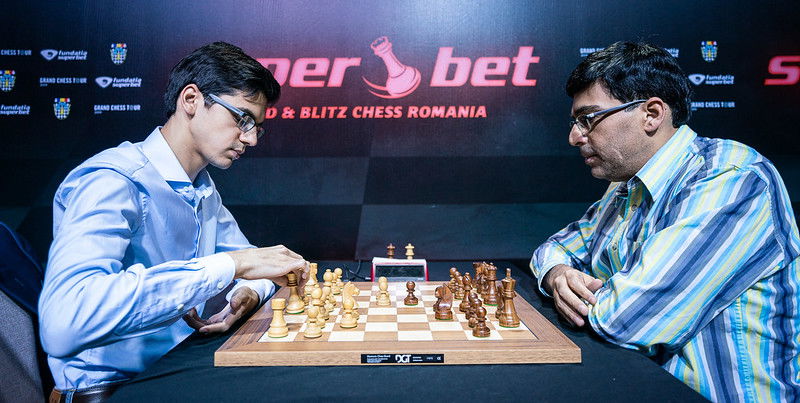
Vishy Anand played a solid 4 game match against Anish, but in the Armageddon he used too much time, which meant that he didn't have enough time to find the win at a crucial stage in the game:
Anand-Giri
